Kivcet Process
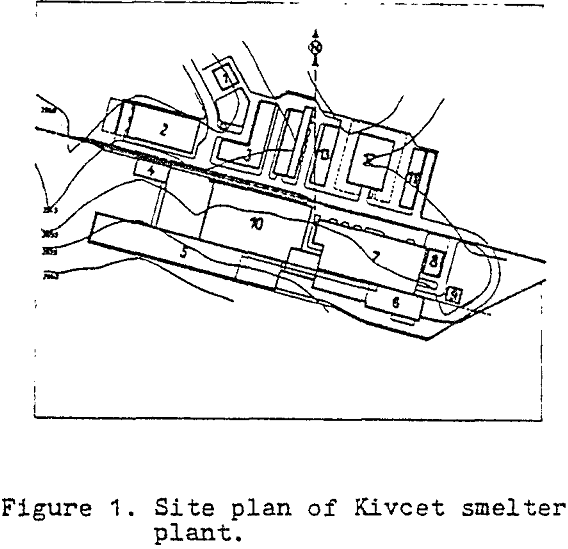
It has long been recognized that the conventional method of producing lead bullion from concentrates via the sinter-blast furnace route presents problems in meeting the tight regulations for environmental protection which have been introduced in many countries. As described by Chaudhuri and Melcher, 1978, this has led to the development over the past decade of […]
High-G Centrifuges
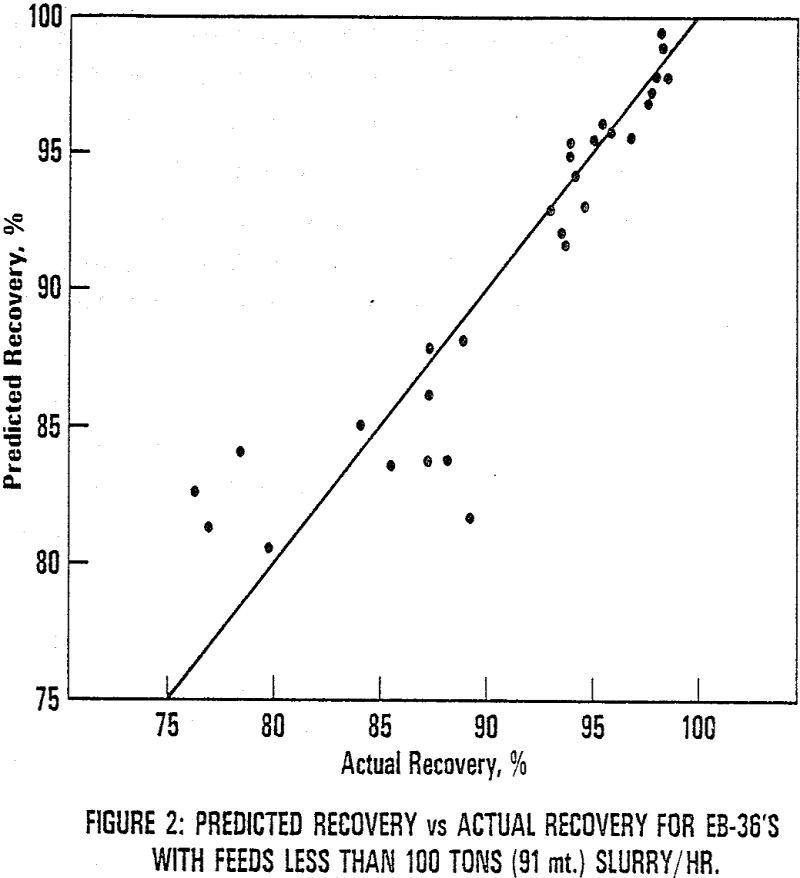
A great deal is known, in a qualitative sense, about the performance of High-G centrifuges. The manufacturers of these machines can give reliable guidance on the conditions necessary for the proper operation of their centrifuges and can give general estimates of the product moisture and recovery that can be expected. Quantitative estimates of the effects […]
High Porosity Pellets
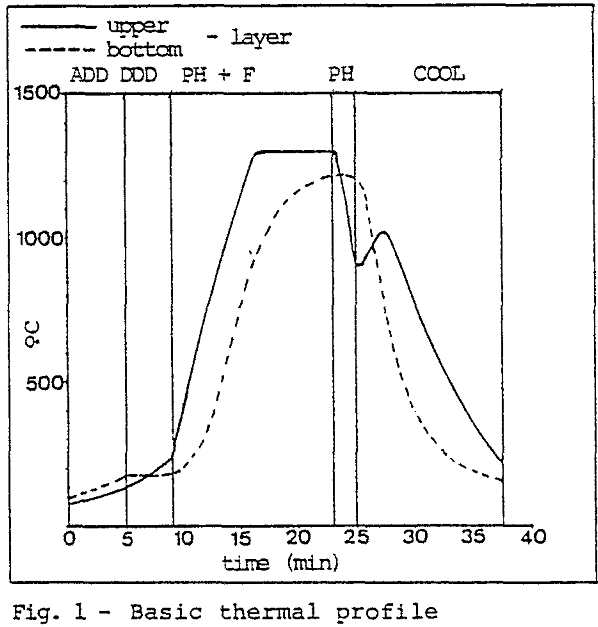
Since the petroleum crisis in 1973, the effect of the energy cost in the pellet production has been very severe with great risk to this economic activity. The countries that import petroleum, specially those under way of industrialization, felt a great impact in their payment balance due to the high expenses in oil. The testwork has […]
High Gradient Magnetic Separation of Uranium Ores
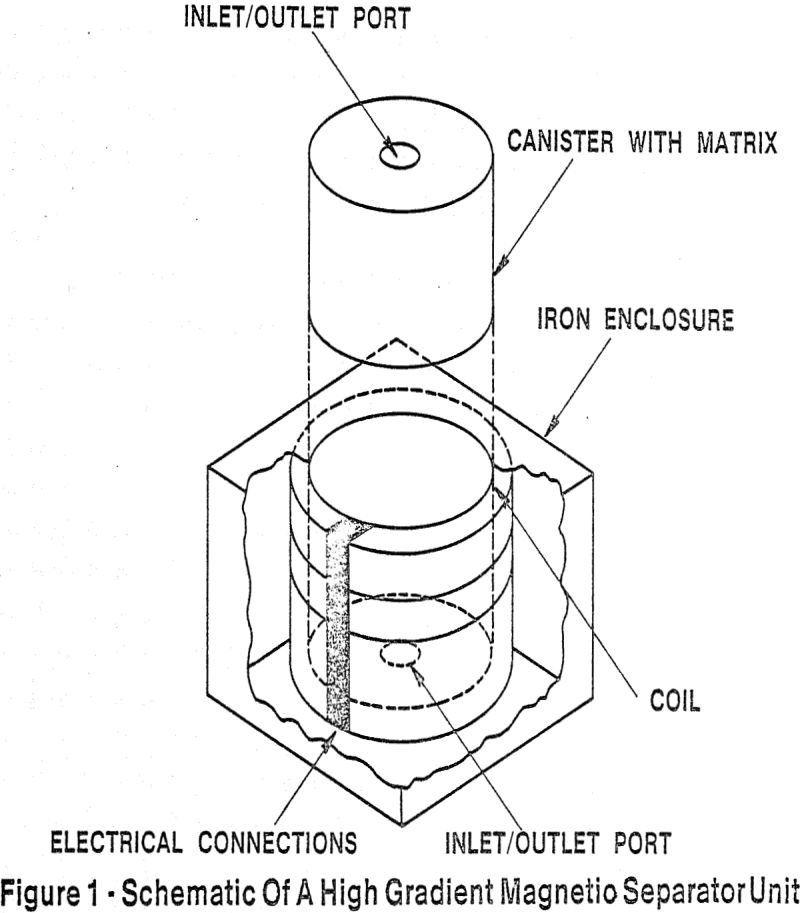
Continuing interest in processes that will effect separations in the fine particle size range has prompted intense interest in the use of high gradient magnetic separation (HGMS) for beneficiation of uranium ores. Some of the uranium minerals are paramagnetic and hence are amenable to concentration by HGMS. HGMS is a powerful method in the upgrading […]
Heavy Media Selection Functions Circuit Analysis

Current coal cleaning technology uses heavy media (HM) for the recovery of coal in particles larger than 1/16 of an inch. Through the use of float sink measurements of the feed and products to commercial HM unit operations, a selection function, sometimes called Tromp curve in the coal industry, can be computed. Samples respectively from […]
Froth Flotation Rate Limitations
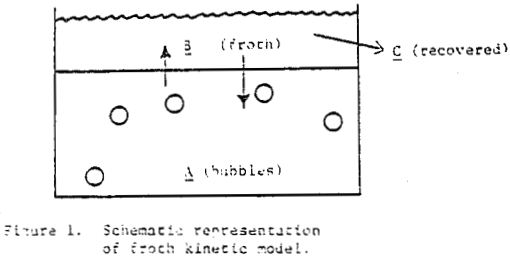
A physical model of flotation, derived from viewing froth as a kinetic species since it constitutes the carrier of ore particles, not only agrees with and is simulated by engineering math models, but is statistically verified by actual laboratory flotation data. The model couples the mechanical removal of froth using paddles with the more rapid […]
Testing Failure Criteria for Grinding Mill Structures
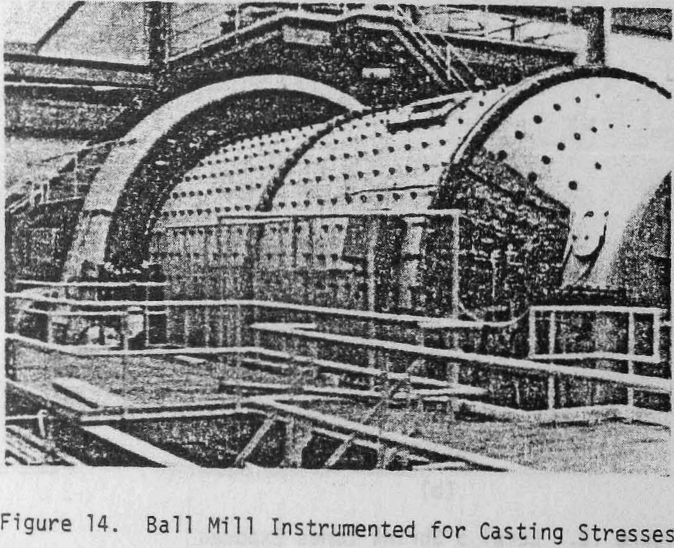
The trend of the past five years toward larger mill sizes shows no signs of reversal. Indeed, the current view of capital requirements for projects, coupled with decreasing ore grades, indicates at least a constant if not accelerating demand for the use of the larger mill, rather than several smaller ones for a given size […]
Electric Smelting and Refining of Lead
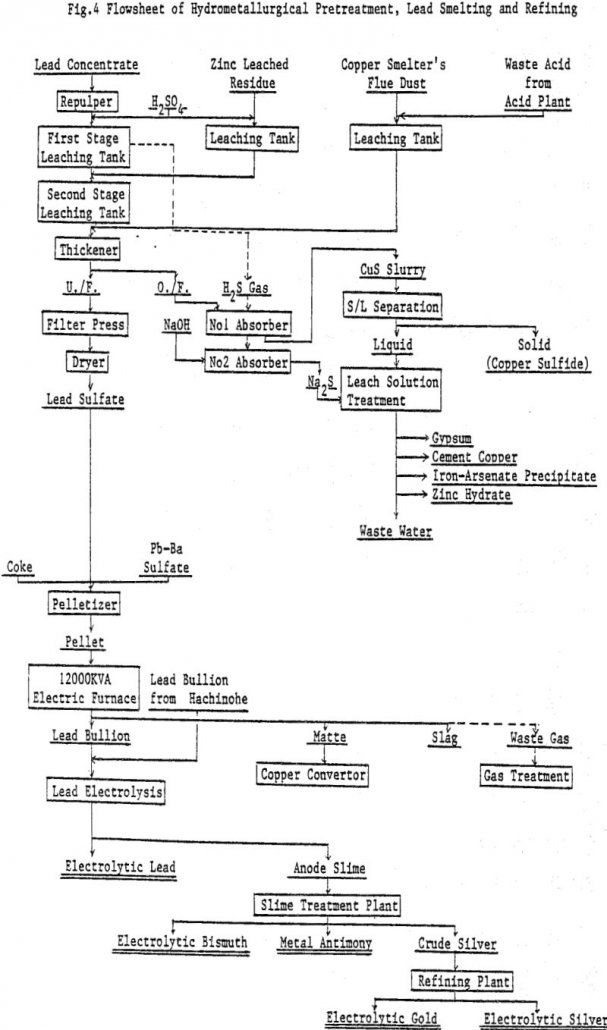
Lead concentrates from Kuroko (black ore) mines, which contain Cu 4 – 7%, Pb 55%, Zn 3 – 7%, As 0.5 – 0.9% are treated by hydrometallurgical process in order to smelt the product by electric furnace smelting together with other lead resources from Kuroko. The hydrometallurgical pretreatment involves sulfuric acid leaching at first stage, ferric […]
Dialkyldithiophosphinates in Sulfide Flotation
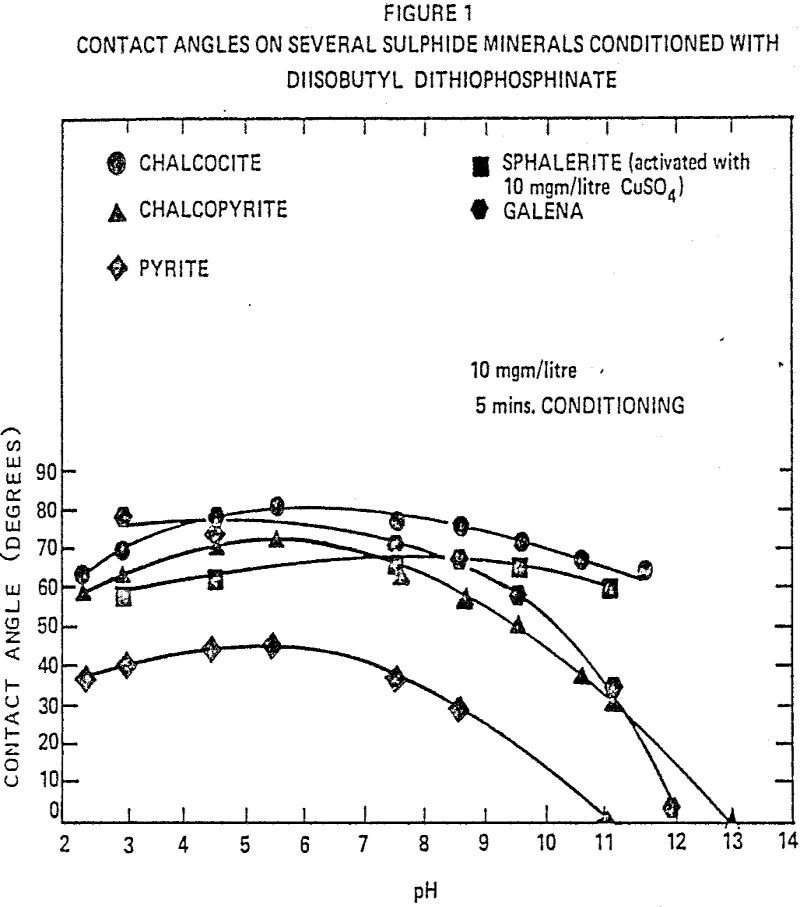
Dialkyldithiophosphinates are a new class of flotation collectors for base metal sulfide ores. Structurally, they are quite different from the conventional collectors such as mercaptans, xanthates, thionocarbamates and dithiophosphates. Organophosphines and their derivatives form strong metal complexes. Thus, they offer potential applications in mineral beneficiation, metal recovery, corrosion inhibition, lubrication, sequestering agents and catalysts. One […]
Density Separator – Classification and Particle Size

The Density Separator is basically a hindered settling classifier with automatic control features that provide steady, sharp classification irrespective of extreme variations in dry tons per hour of feed solids up to the design maximum throughput for the particular material being treated. The Density Separator is a hydraulic classification device consisting of an upper parallel-walled […]
